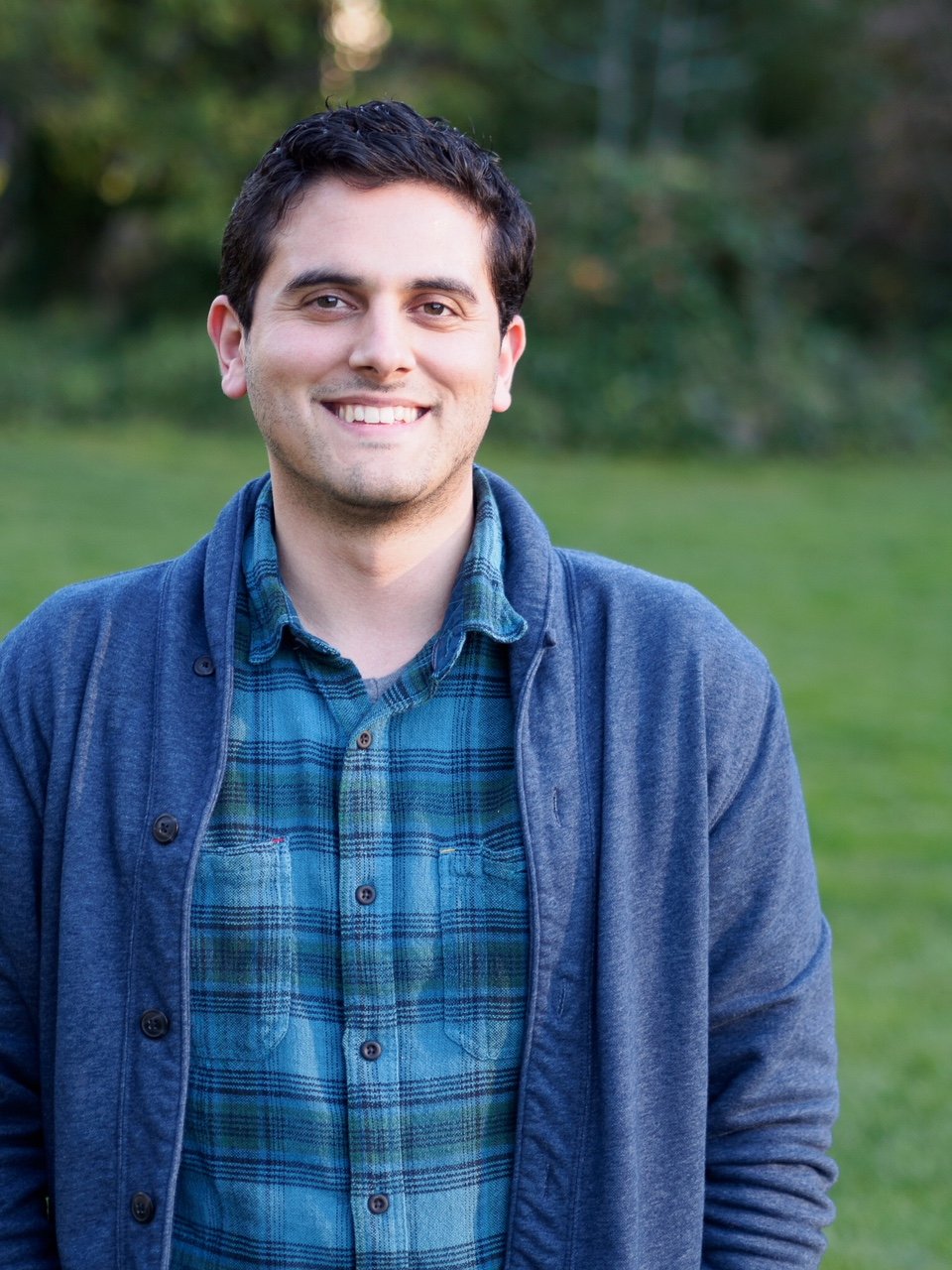-
![]()
Phil Abitua PhD
Assistant Professor - University of Washington
The Abitua lab studies the evolution of developmental novelties by comparing homologous cells across distantly related species. Currently, we are exploring cellular innovation in the annual killifish Nothobranchius furzeri, whose embryos adapted to survive extreme environmental conditions. Their radical morphogenesis and ability to enter diapause — suspended animation — distinguish them uniquely from other fish and make them ideal for studying novelty.
-
![]()
Isabel Almudi PhD
Group Leader - University of Barcelona
The lab is interested in understanding how gene networks evolved in order to give rise to new organs and structures that favoured the radiation of insects.
-
![]()
David Booth PhD
Assistant Professor - UCSF
Choanoflagellates as models for the ancestry of animal cell differentiation.
-
![]()
Heather Bruce PhD
Research Associate - Patel Lab, Marine Biological Laboratory
I use arthropod appendages as a model to understand how ancient structures like gills and legs evolve and innovate over hundreds of millions of years. My work suggests that many unexpected structures, such as the insect wing and the crustacean carapace, are derived from a shared ancestral structure. This has deep implications for how we assume genetic networks evolve over vast phylogenetic distances: rather than repeated co-option events, my work suggests that genetic networks are more ancient, more evolvable, and more predictable than currently thought.
-
![]()
Margarida Cardoso Moreira PhD
Group Leader - The Francis Crick Institute
Our lab studies how new cell types, new tissues, and whole new organs originate in mammals and fish. We are working on this problem by studying an exceptional organ, the placenta, one of the most diverse mammalian tissues, and an organ that has evolved more than 100 times independently across vertebrates.
-
![]()
Guilherme Gainett
PhD Candidate - Sharma Lab, University of Wisconsin-Madison
I am a Brazilian biologist with a growing interest in developmental biology, genomics, and morphological diversity. My research focuses on the evolution of the diverse appendage types and eyes in (non-) model chelicerates (e.g. daddy longlegs, horseshoe crabs, spiders) in the context of systemic gene duplications. I am also interested in the sensory biology of arachnids, being especially fond of daddy longlegs (Opiliones). I am currently a PhD candidate at UW-Madison (Sharma lab), and looking for postdoc opportunities for Summer/Fall 2023.
-
Ryan Hulett
PhD Candidate - Srivastava Lab, Harvard University
Animals capable of whole-body regeneration can replace all missing cell types, including those within the nervous system. I am interested in the molecular and cellular mechanisms of neural specification and differentiation during whole-body regeneration as well as their evolution. I use the highly regenerative acoel, Hofstenia miamia, to study the activation of neural genes, the specification of neural progenitors, and the subsequent differentiation of neural cell types during whole-body regeneration.
-
![]()
Alexandre de Mendoza PhD
Group Leader - Queen Mary University of London
Our lab works on comparative epigenomics of eukaryotes, aiming to understand how mechanisms of gene regulation evolved, and how these might correlate with organismal and genomic complexity. One of our main study systems is the cytosine DNA methylation pathway, a widespread yet highly variable layer of chromatin regulation. We profile epigenomes of poorly sampled animal and eukaryotic lineages to reveal innovations that could have not been found by strictly focusing on model systems.
-
![]()
Gavin Rice PhD
Postdoctoral Fellow - Rebeiz Lab, University of Pittsburgh
The rapidly evolving genitalia of Drosophila provides a powerful system to study the developmental basis of qualitative changes in morphology. We investigate the evolution of rapidly evolving phallic outgrowths which are similar in shape and size but greatly differ in the tissue, cellular behavior, and genetic network that produce them. Our work highlights that understanding development can be key to discern between homology vs heterology, allowing us to formulate testable evolutionary models.
-
![]()
Tania Rozario PhD
Assistant Professor - University of Georgia
Understanding stem cell regulation during tapeworm growth, regeneration, and reproductive development.
-
![]()
Alexa Sadier PhD
Research Scientist - Sears Lab, UCLA
My research primarily focuses on investigating the developmental basis of morphological variation using bat teeth as a model system. Noctilionoid bats underwent a dramatic adaptive radiation resulting in a tremendous variety of diet types (blood, fruits, vertebrates, nectar, pollen, insects, or a mix of them). In tandem with the acquisition of these diets, these bats have evolved a wide diversity of tooth morphology, providing a fantastic model to study various evolutionary questions such as: how development biases the evolution of morphology or how development allows the acquisition of novelties, such as tooth classes, from conserved developmental programs. More broadly, I am also involved in collaborations that explore the physiological origin of diet diversification and the evolution of sensory adaptations in relationship with diet.










